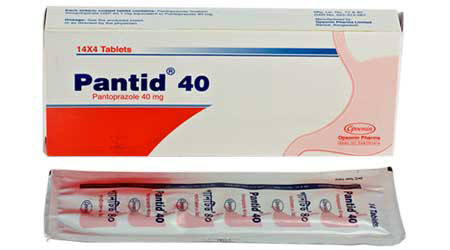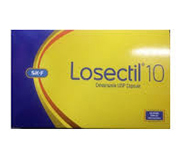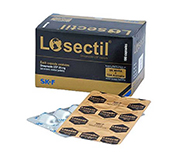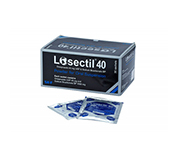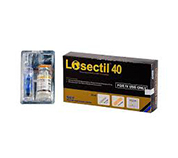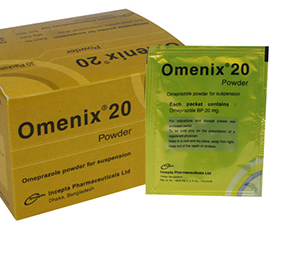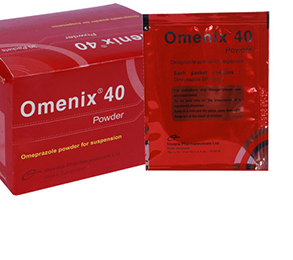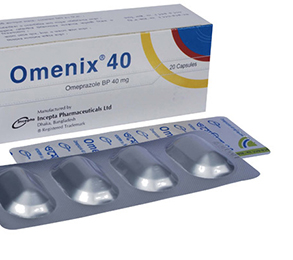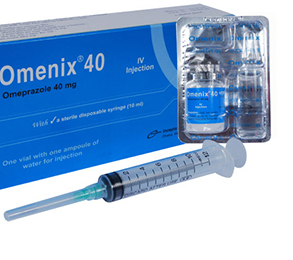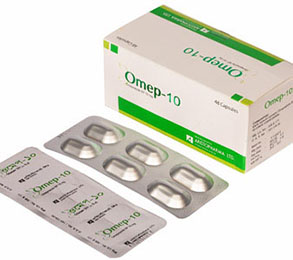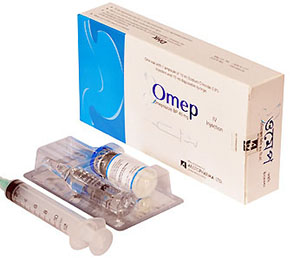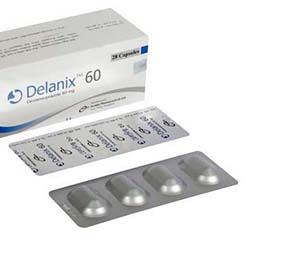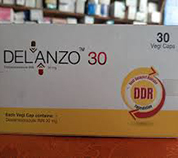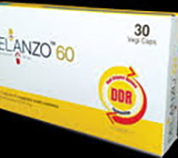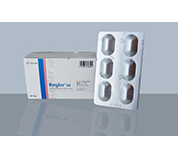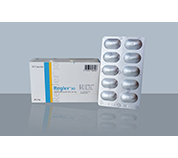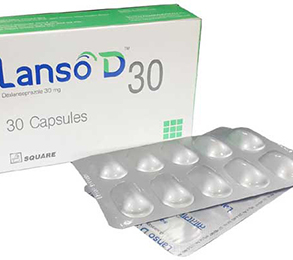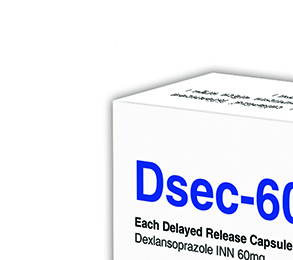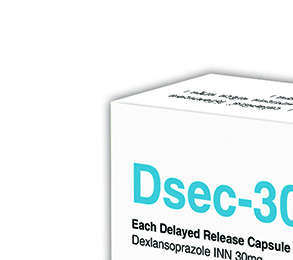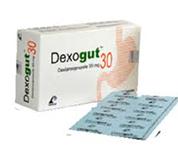Pantid Tablet 40 mg 1 Pc
Alternative products
Pantoprazole
Indications
Pantoprazole is indicated where suppression of acid secretion has therapeutic benefit; i.e
- Peptic ulcer diseases
- Gastroesophageal reflux diseases
- Ulcer induced by non-steroidal anti-inflammatory drugs (NSAIDs)
- Eradication of Helicobacter pylori (in combination with antibiotics)
- Zollinger-Ellison Syndrome
Pharmacology
Pantoprazole is a proton pump inhibitor that suppresses the final step in gastric acid production by covalently binding to the H+/K+ATPase enzyme system at the surface of the gastric parietal cell. This effect leads to inhibition of both basal and stimulated gastric acid secretion, irrespective of the stimulus that persists longer than 24 hours.
Dosage & Administration
Oral:
- Benign gastric ulcer: 40 mg daily in the morning for 4 weeks, continued for further 4 weeks, if not fully healed.
- Gastro-esophageal reflux disease: 20-40 mg daily in the morning for 4 weeks, continued for further 4 weeks, if not fully healed; maintenance dose is 20 mg daily, which may be increased to 40 mg daily.
- Duodenal ulcer: 40 mg daily in the morning for 2 weeks, continued for further 2 weeks if not fully healed.
- Duodenal ulcer associated with Helicobacter pylori: Pantoprazole is recommended at a dose of 40 mg twice daily in association with antimicrobial agents as detailed below: Amoxycillin 1 g and Clarithromycin 500 mg both twice daily for one week, or Clarithromycin 250 mg and Metronidazole 400 mg both twice daily for one week.
- Prophylaxis of NSAID-associated gastric or duodenal ulcer: 20 mg daily for those require long-term NSAID treatment.
- Zollinger-Ellison Syndrome: Initially 80 mg once daily adjusted according to response (elderly max. 40 mg daily); daily doses above 80 mg given in 2 divided doses.
IV Injection:
- Duodenal ulcer and gastric ulcer: 40 mg once daily for 7-10 days
- Gastroesophageal reflux disease associated with a history of erosive esophagitis: 40 mg once daily for 7-10 days
- Prevention of rebleeding in peptic ulcer: IV 80 mg, followed by 8 mg/hour infusion for 72 hours
- Prophylaxis of acid aspiration: 80 mg IV every 12 h for 24 h, followed by 40mg every 12 hour
- Long-term management of Zollinger-Ellison Syndrome and other pathological hypersecretory conditions: 80 mg IV every 12 hours, may increase to 80 mg every 8 hours if needed, may titrate to higher doses depending on acid output.
* চিকিৎসকের পরামর্শ মোতাবেক ঔষধ সেবন করুন'
Interaction
No significant drug interactions have been observed in clinical studies.
Contraindications
Pantoprazole is contraindicated in patients with known hypersensitivity to any of the components of the formulation.
Side Effects
Pantoprazole is well tolerated in both short-term and long-term treatment. Headache and diarrhea are the common side effects and rarely included side effects are abdominal pain, flatulence, rash, insomnia and hyperglycemia.
Pregnancy & Lactation
US FDA Pregnancy Category of Pantoprazole is B. There are, however, no adequate and well-controlled studies in pregnant woman. Because animal reproduction studies are not always predictive of human response, this drug should be used during pregnancy only if clearly needed. Pantoprazole has been shown to be excreted in human milk. So, a decision should be made whether to discontinue nursing or to discontinue the drug, taking into account the benefit of the drug to the mother.
Precautions & Warnings
Patients should be cautioned that Pantoprazole tablet should not be split, chewed or crushed. Long-term therapy of Pantoprazole may lead to malabsorption of cyanocobalamin (Vitamin B12) or may increase the risk of osteoporosis related disorders.
Overdose Effects
There are no known symptoms of overdosage in humans. Since Pantoprazole is highly protein bound, it is not readily dialyzable. Apart from symptomatic and supportive management, no specific therapy is recommended.
Therapeutic Class
Proton Pump Inhibitor
Reconstitution
Direction for use of IV injection: Pantoprazole lyophilized powder and 0.9% Sodium Chloride Injection is for intravenous administration only and must not be given by any other route. Pantoprazole IV injection should be given as a slow intravenous injection. The solution for IV injection is obtained by adding 10 ml 0.9% Sodium Chloride Injection to the vial containing powder. After reconstitution the injection should be given slowly over a period of at least 2 to 5 minutes. Use only freshly prepared solution. The reconstituted solution may be stored at room temperature (up to 30° C) for a maximum 4 hours.
Direction for use of IV infusion: Pantoprazole IV infusion should be given as an intravenous infusion over a period of approximately 15 minutes. Pantoprazole IV infusion should be reconstituted with 10 ml of 0.9% Sodium Chloride Injection and further diluted (admixed) with 0.9% Sodium Chloride Injection or 5% Dextrose or Lactated Ringer's Injection to a final volume of 100 ml. The reconstituted solution may be stored at room temperature (up to 30° C) for a maximum 4 hours prior to further dilution. The admixed solution may be stored at room temperature (up to 30° C) and must be used within 24 hours from the time of initial reconstitution.
Storage Conditions
Keep in a dry place, away from light and heat. Keep out of the reach of children.
- Type Tablet
- Tag
- Morbi leo risus
- Porta ac consectetur ac
- Vestibulum at eros
